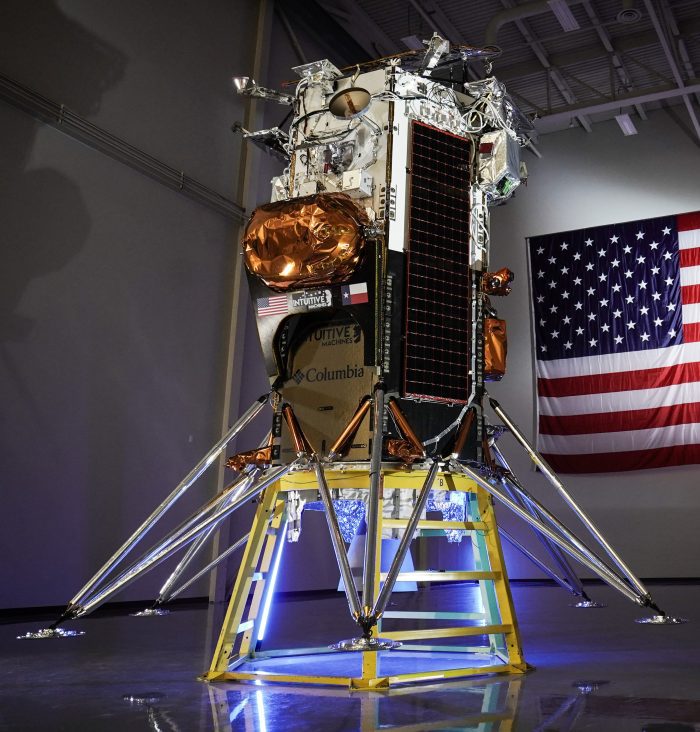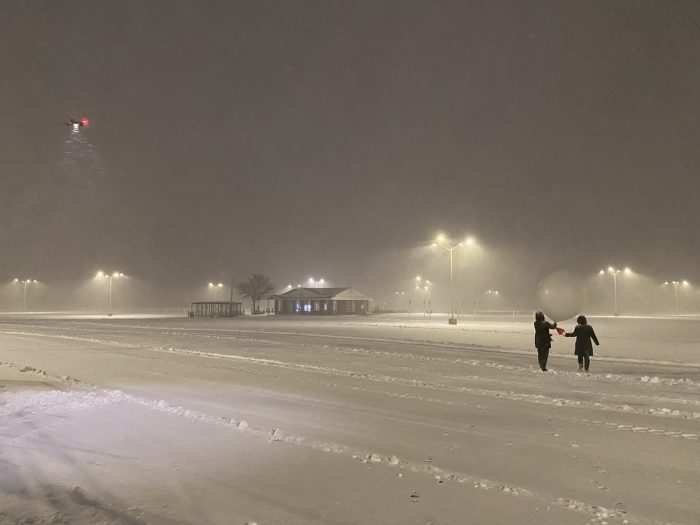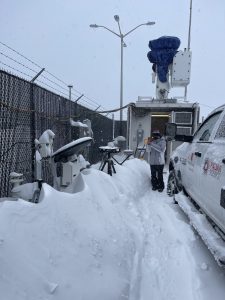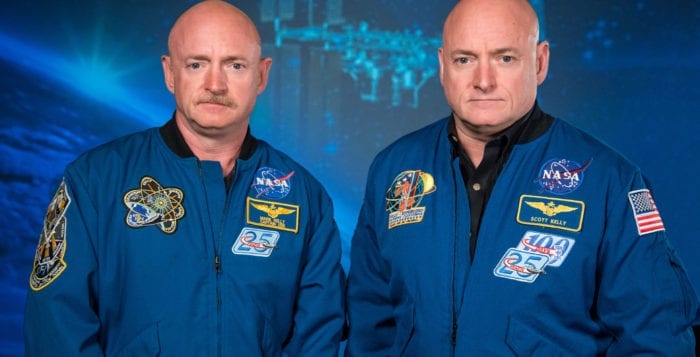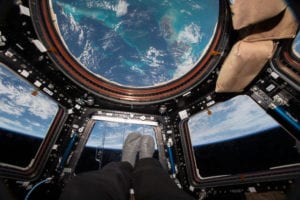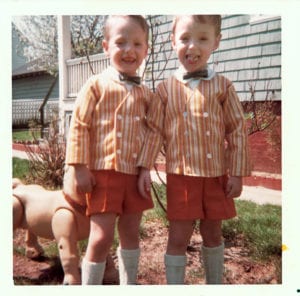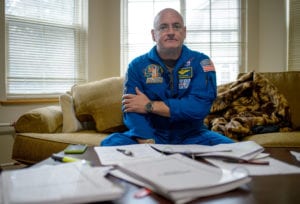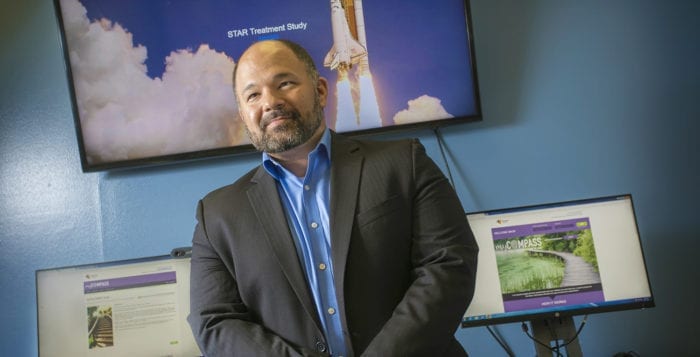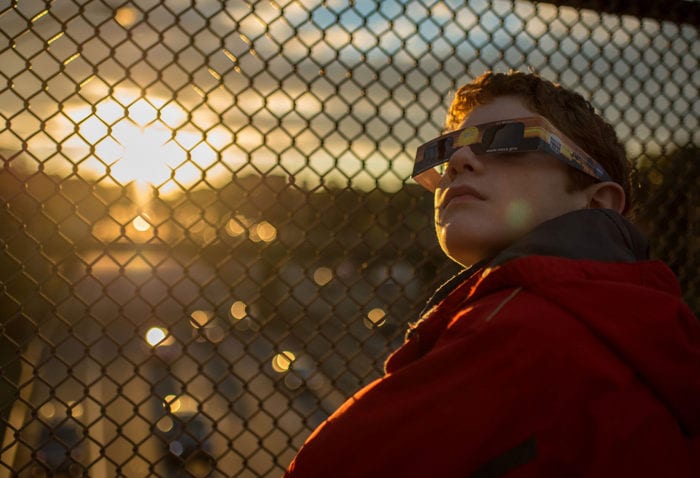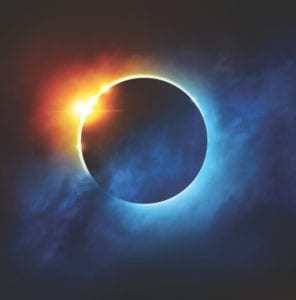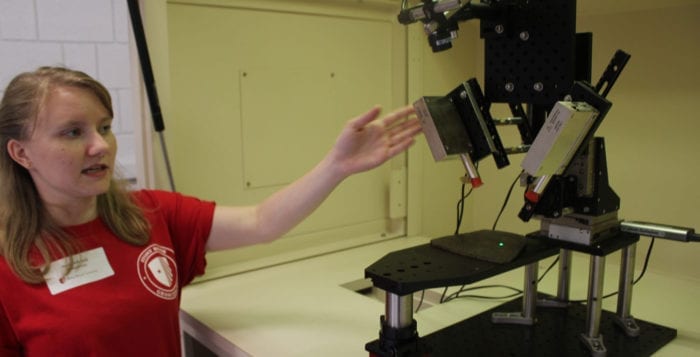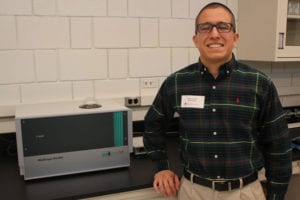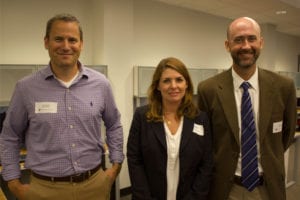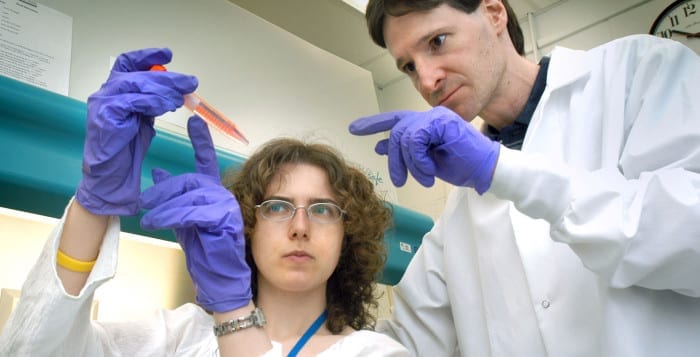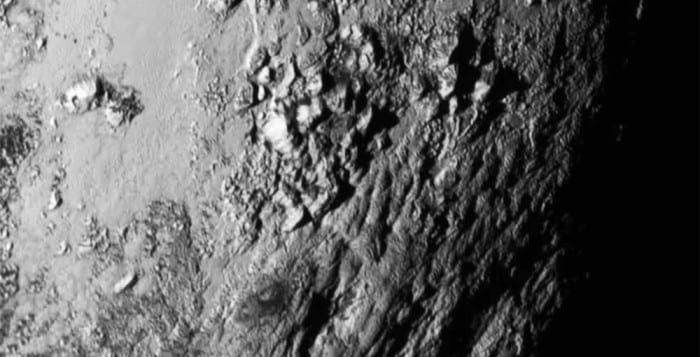By Daniel Dunaief
The stars aligned for a group of engineers and scientists in Washington D.C. recently, as a meeting brought these experts together at exactly the same time NASA was landing a vehicle on the moon for the first time since the finale of the Apollo missions, over 50 years ago.
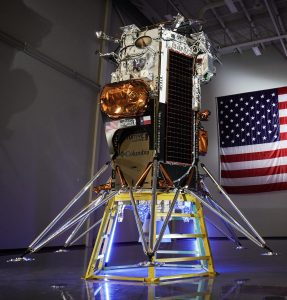
“I happened to be in DC for [NASA’s] annual Moon to Mars Architecture workshop on the day that the Intuitive Machines Odysseus spacecraft landed,” said Tim Glotch, Professor in the Department of Geosciences at Stony Brook University and the Science Chair of the Lunar Exploration Analysis Group, or LEAG. “The whole group I was with watched the live stream with excitement and nervousness.”
Attendees at the conference knew when NASA was supposed to receive a signal from the spacecraft. As they waited, Glotch said he could “feel people starting to think, ‘Uh oh, it started to happen again,’” raising the possibility of a problem with the landing. “A few minutes after the planned touchdown, everyone was relieved and overjoyed when the flight manager confirmed that they had a signal from the spacecraft,” he said.
Indeed, on February 22, the Odysseus lunar lander touched down about 185 miles from the moon’s south pole and within a mile of its target near the Malapert A crater. Glotch and the other scientists and engineers learned the next day at a press conference about some of the issues the spacecraft had when it landed, including the fact that it tipped over.
“From the standpoint of getting a soft touchdown on the moon in very challenging terrain near the south pole, this has to be considered a success,” he added.
Over the last few years, many attempts by companies and governments have demonstrated the challenges of landing on the moon, which is about 238,855 miles away, or the equivalent of over 9.5 times around the circumference of the Earth at the equator. Through NASA’s Commercial Lunar Payload Services program, private companies are trying to do what only a few governments had done, at considerably lower cost.
“With every attempt, NASA’s commercial partners are learning the best ways to accomplish their goals of landing safely on the moon and successfully delivering NASA’s and other commercial partners’ payloads,” Glotch said. The Stony Brook professor described the overlap between the meeting and the landing as a “fun coincidence,” which created a “pretty big cheering section.”
Reflecting on the landing, Glotch shared his sense of pride in the space program, which is preparing to send people back to the moon through Artemis missions over the next five years.
“The fact that NASA was able to work with private corporations to develop the technology, not quite from scratch [but] to redevelop this capability is really impressive,” Glotch said. “It’s a great demonstration of ingenuity, determination and drive.” Engineers likely put in long days and nights making sure everything was ready, testing and retesting systems for this launch and landing, he said.
Lunar meeting
As for the gathering, Glotch said this second annual meeting provided an opportunity for scientists and engineers to discuss the future of travel to the moon and, potentially further in the future, a trip to Mars.
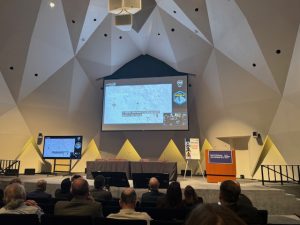
A group of scientists and engineers are working together to learn to do the things on the moon that it will eventually do on the Red Planet. The team is focusing on a few bigger items that will matter in a relatively shorter term. After the meeting last year, Glotch said he “really got the sense that the architecture team [at NASA] had been listening to input from scientists.”
One of the bigger questions involves the amount of samples astronauts will bring back from the moon. Researchers expect some of these samples to contain volatiles like water and ice in them.
The scientific community has urged NASA to develop a plan to bring those rocks back frozen in their natural state. When the ice melts, it can cause chemical reactions to occur that make it more challenging to analyze them.
“If they are changing on the way back, we can’t be sure we’re getting the right answer” about where the water originated, he said.
Still, Glotch suggested that examining these defrosted rocks would provide considerable information.
NASA isn’t going to be able to keep the rocks under cold conditions for the first manned American mission that will return people to the Earth, aboard Artemis 3, which is scheduled to launch in September of 2026.
Starting with Artemis 5, in September of 2029, NASA, however, intends to include freezers to keep samples in pristine shape.
As the Science Chair for LEAG, Glotch brought up the need for a new lunar orbiter to characterize the surface at higher spatial resolution. The Lunar Reconnaissance Orbiter, which has been in space since 2009, has six or seven years of fuel left.
“Given that time frame, we need to develop a spacecraft and what type of instruments go on it,” said Glotch. NASA “really needs to think hard about funding a follow on orbiter.”
As for a manned journey to Mars, NASA plans to launch such a mission in the 2030s, according to the space agency’s website.

